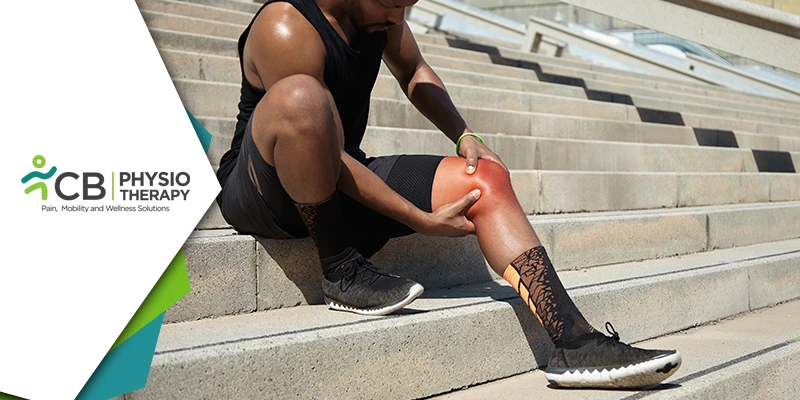Anterior cruciate ligament (ACL) reconstruction is a common surgical procedure that is performed to repair a torn ACL in the knee. While the surgery is generally successful in restoring stability to the knee joint, some patients may experience lateral knee pain after the surgery. In some cases, healthcare providers prescribe opioids to alleviate pain post-ACL surgery. However, caution is essential when approaching opioid usage due to the risk of developing opioid withdrawals and dependency. Instead, physiotherapy can be an effective treatment option for patients with this condition. In this blog, we will discuss lateral knee pain after ACL reconstruction and how physiotherapy can help.
What is Lateral Knee Pain?
Lateral knee pain is a type of knee pain that is felt on the outside of the knee joint. It is often caused by an injury to the structures on the outer side of the knee, such as the iliotibial band (ITB), lateral collateral ligament (LCL), or lateral meniscus. It can also be caused by overuse or muscle imbalances in the lower extremities.
Lateral Knee Pain After ACL Reconstruction
Patients who have undergone ACL reconstruction may experience lateral knee pain as a result of the surgery. This pain can be caused by several factors, including:
- Graft Placement: The placement of the graft during ACL reconstruction can cause lateral knee pain if it is positioned too far towards the outer side of the knee joint.
- ITB Syndrome: The ITB can become tight and inflamed after ACL reconstruction, leading to lateral knee pain.
- LCL Strain: The LCL can become strained during the surgery or during the rehabilitation process, leading to lateral knee pain.
- Muscle Imbalances: Muscle imbalances in the lower extremities can cause lateral knee pain by placing excess stress on the structures on the outer side of the knee joint.
Physiotherapy can be an effective treatment option for patients with lateral knee pain after ACL reconstruction. The goal of physiotherapy is to reduce pain and inflammation, improve mobility, and restore strength and function to the knee joint. A qualified physiotherapist can develop a personalized treatment plan that is tailored to the patient's specific needs and goals, helping them to manage their pain and improve their quality of life.
Here are some ways that Physiotherapy can help:
- Electrical modalities: Several electrical modalities can be used to relieve pain and inflammation after ACL reconstruction surgery. Here are a few examples cryotherapy, thermotherapy, TENS, Ultrasound therapy, Laser therapy. Shockwave therapy, etc.
- Manual Therapy: Manual therapy techniques, such as massage and joint mobilization, can help to reduce pain and inflammation in the knee joint.
- Stretching: Stretching exercises can help to improve the flexibility of the ITB and other structures on the outer side of the knee joint, reducing stress on these structures and alleviating pain.
- Strengthening Exercises: Strengthening exercises can help to restore strength to the muscles in the lower extremities, reducing the risk of muscle imbalances and excess stress on the knee joint.
- Biomechanical Analysis: A physiotherapist can perform a biomechanical analysis of the patient's gait and movement patterns to identify any abnormalities that may be contributing to the lateral knee pain.
- Bracing: A knee brace can be used to provide support to the knee joint and reduce stress on the structures on the outer side of the knee.

